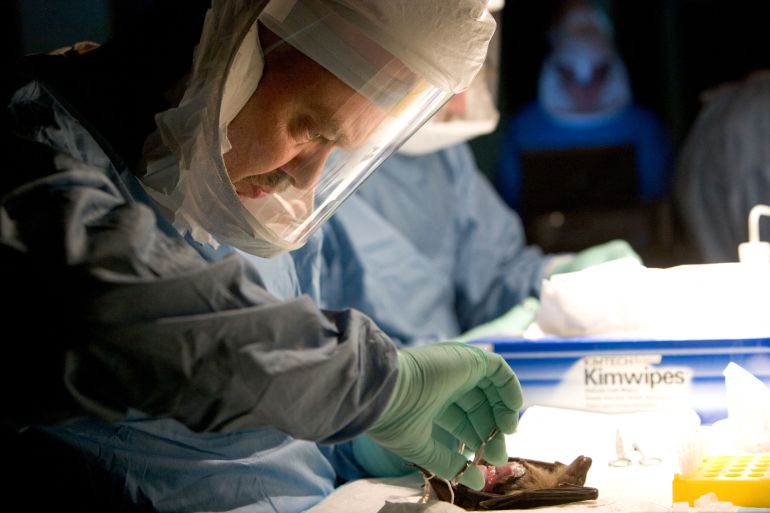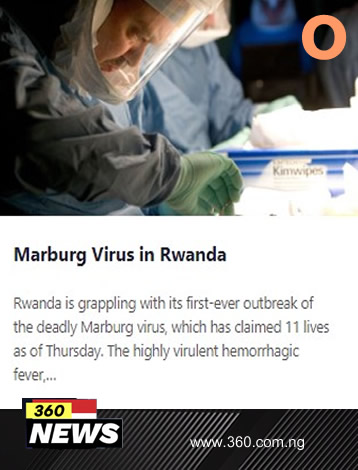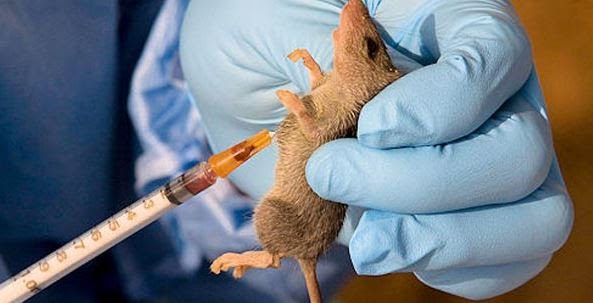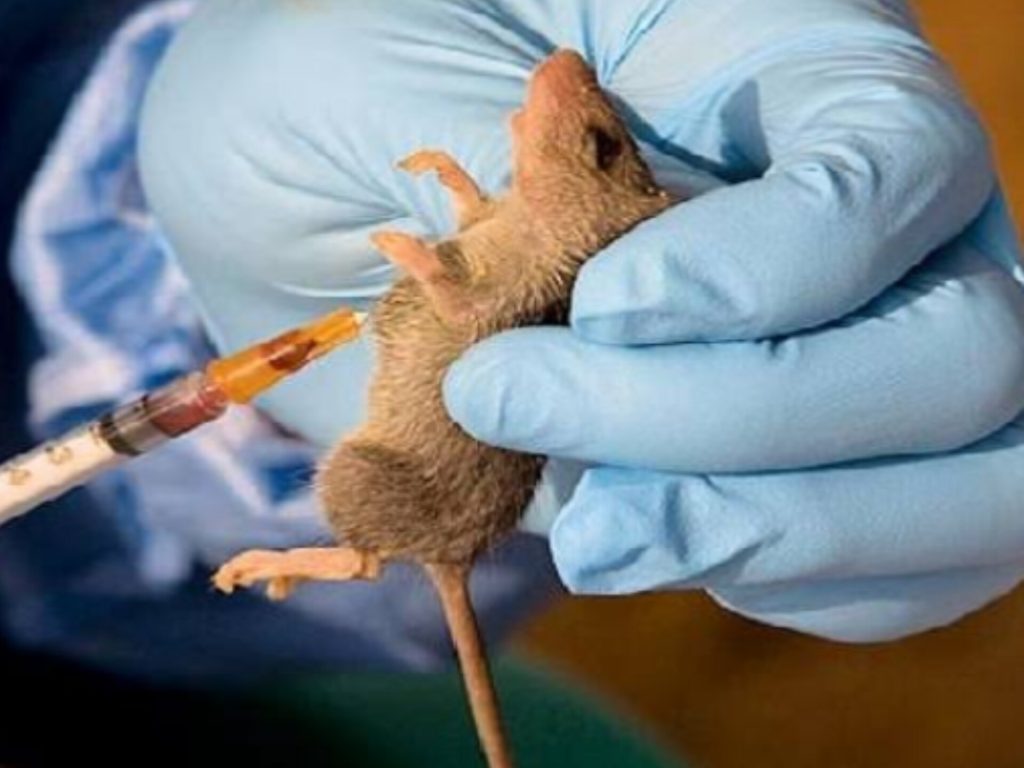Marburg Virus in Rwanda

Rwanda is grappling with its first-ever outbreak of the deadly Marburg virus, which has claimed 11 lives as of Thursday. The highly virulent hemorrhagic fever, which is closely related to Ebola, has prompted Rwandan authorities to begin clinical trials of experimental vaccines and treatments.
Marburg virus is a terrifying infection, with a fatality rate of up to 88%. Victims of the disease typically experience fever, headache, and muscle aches, leading to severe internal bleeding in its more severe stages. Infected individuals may also experience bleeding from the nose, gums, and vagina.
The Marburg virus can be spread through contact with infected bats, as well as through direct contact with bodily fluids of infected individuals. Additionally, the virus can survive on contaminated surfaces such as bedsheets and clothing, making it a potentially devastating agent of transmission.
The Rwandan outbreak has been particularly concerning due to the high proportion of cases found among healthcare workers in two local hospitals. This highlights the crucial need for effective infection control measures in healthcare facilities, particularly in regions with limited resources.
With the virus showing no signs of slowing down, the Rwandan government is working tirelessly to contain the outbreak and prevent further loss of life.
In an effort to curb the spread of the virus, Rwandan authorities have implemented strict containment measures, including isolating confirmed cases and monitoring individuals who have had contact with infected patients. The government is also taking steps to educate the public on the dangers of Marburg virus and how to prevent its spread.
Given the gravity of the situation, the World Health Organization (WHO) has expressed concern over the outbreak and is closely monitoring the situation. The WHO has also provided technical support and resources to assist the Rwandan government in its response efforts.
Despite these efforts, the highly infectious nature of the Marburg virus and its potentially devastating consequences make it imperative for neighboring countries to remain vigilant.
East Africa, in particular, has a history of deadly hemorrhagic fever outbreaks, including the devastating Ebola epidemic that ravaged West Africa in 2014-2016. The presence of Marburg virus in Rwanda underscores the urgent need for increased surveillance and preparedness in the region to prevent similar outbreaks from occurring in the future.
In light of the recent outbreak in Rwanda, many are wondering if the Marburg virus could become a global health threat on the scale of COVID-19.
While the Marburg virus is certainly a serious concern, there are several factors that make it unlikely to cause a pandemic on the same level as COVID-19. For one, the virus is not easily transmissible, requiring direct contact with an infected individual or contaminated surface. Additionally, the relatively quick incubation period means that cases can be identified and isolated more easily than with COVID-19.
References and Citations:
- AlJazeera – what is the deadly Marburg virus and where has it spread?
- DW – marburg outbreaks: one of the world deadliest viruses
- Thehealthsite – Marburg virus updates: east Africa heightens surveillance as Rwanda records 11 death
Picture News







